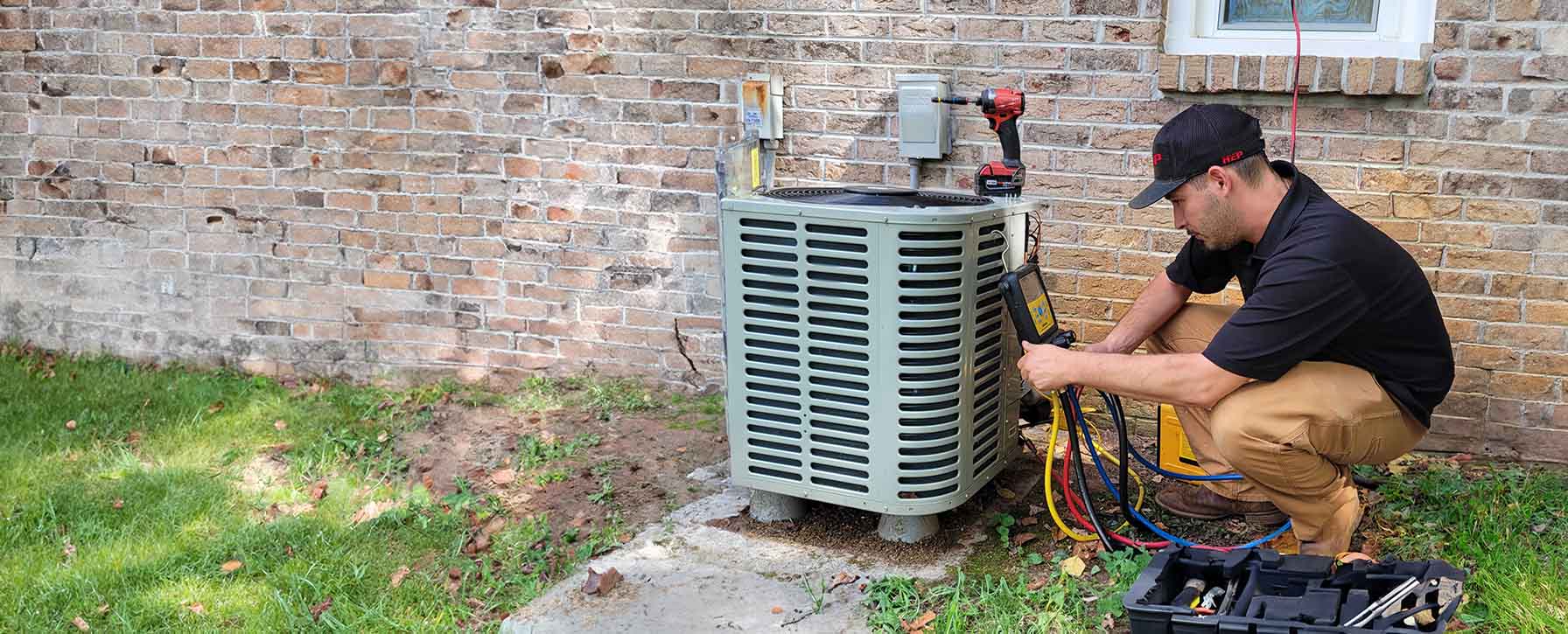

Cleaner Indoor Air
Your trusted partner for professional home services. Quality workmanship, guaranteed satisfaction.




- HEP
- Cleaner Indoor Air
Cleaner Indoor Air | Duct Cleaning | Heating and Air Conditioning | Walland
Nestled just outside the Smokies, Walland homes can trap a surprising amount of dust, pollen, and moisture—especially when doors and windows stay shut for months on end. HEP’s local team tackles those hidden contaminants head-on with precision duct cleaning, scrubbing every bend and branch of your HVAC system to restore pure airflow, lower energy costs, and help your family breathe easier.
From the moment our certified technicians arrive, you’ll see the HEP difference: live video inspections, industrial-grade vacuums, and eco-friendly sanitizers that leave zero residue behind. We’ll show you dramatic before-and-after images, tidy up every work area, and even bundle routine HVAC maintenance with duct cleaning to keep your Walland home comfortable and healthy all year long.
FAQs
Why is duct cleaning important for homes and businesses in Walland?
Walland’s lush, wooded surroundings mean plenty of pollen, mold spores, and outdoor debris can find their way into HVAC systems. Over time these contaminants—and ordinary household dust—collect inside the ductwork. Professional cleaning removes that buildup, helping improve indoor air quality, easing allergy and asthma symptoms, reducing musty odors, and allowing your heating and cooling equipment to run more efficiently.
How often should I schedule a duct cleaning service?
A national guideline is every 3–5 years, but frequency varies with lifestyle and environment. In Walland you may need cleaning closer to every 2–3 years if you have pets that shed, live on an unpaved road, smoke indoors, have recently completed a renovation, or suffer from allergies or respiratory issues. Commercial facilities with higher occupancy or specialized processes may require annual service. We’re happy to inspect your ducts and recommend a schedule tailored to your situation.
What signs tell me my air ducts may need cleaning?
Common warning signs include: noticeable dust buildup on supply registers shortly after cleaning them, increased allergy or respiratory flare-ups, persistent musty or burnt odors when the system runs, visible mold inside the ducts or on registers, rodent or insect infestations, and unexplained spikes in energy bills. If you remove a register and see heavy dust or matted debris a few inches inside, it’s time to call a professional.
What does your professional duct cleaning process involve?
1) Inspection: We begin with a video or visual inspection to assess debris levels and look for leaks or damage. 2) Set-up & protection: Drop cloths and corner guards protect your floors, walls, and furnishings. The HVAC system is placed under negative pressure using a high-powered vacuum truck or portable HEPA unit. 3) Agitation & extraction: Rotating brushes, air whips, and compressed-air tools dislodge debris while the vacuum captures it, preventing contaminants from re-entering your living space. 4) Component cleaning: We clean grilles, registers, blower assembly, evaporator coil, and drain pan as needed. 5) Sanitizing (optional): An EPA-approved antimicrobial fog can be applied to inhibit mold and bacteria. 6) Final verification: A post-cleaning inspection ensures every supply and return run is clear before we restore your system.
Will duct cleaning lower my energy bills or eliminate household dust completely?
Clean ducts help your HVAC system breathe easier. When airflow is unobstructed, the blower motor doesn’t work as hard, which can cut energy consumption by 5–20 %, depending on how dirty the system was. You’ll still need to dust, but most clients notice less buildup on furniture and filters because there’s less loose debris circulating. Regular filter changes and good housekeeping habits, combined with periodic duct cleaning, provide the best results.
How long does the service take, and do I need to leave my home during cleaning?
A typical single-family residence in Walland takes 3–5 hours, while large homes or light-commercial buildings can take a full day. You don’t have to leave; our equipment is sealed and HEPA-filtered, so indoor air remains safe during the process. We’ll need clear access to every register, the HVAC closet, and drive-up space for our vacuum truck (or indoor workspace for portable equipment). Once finished, your system can be run immediately.